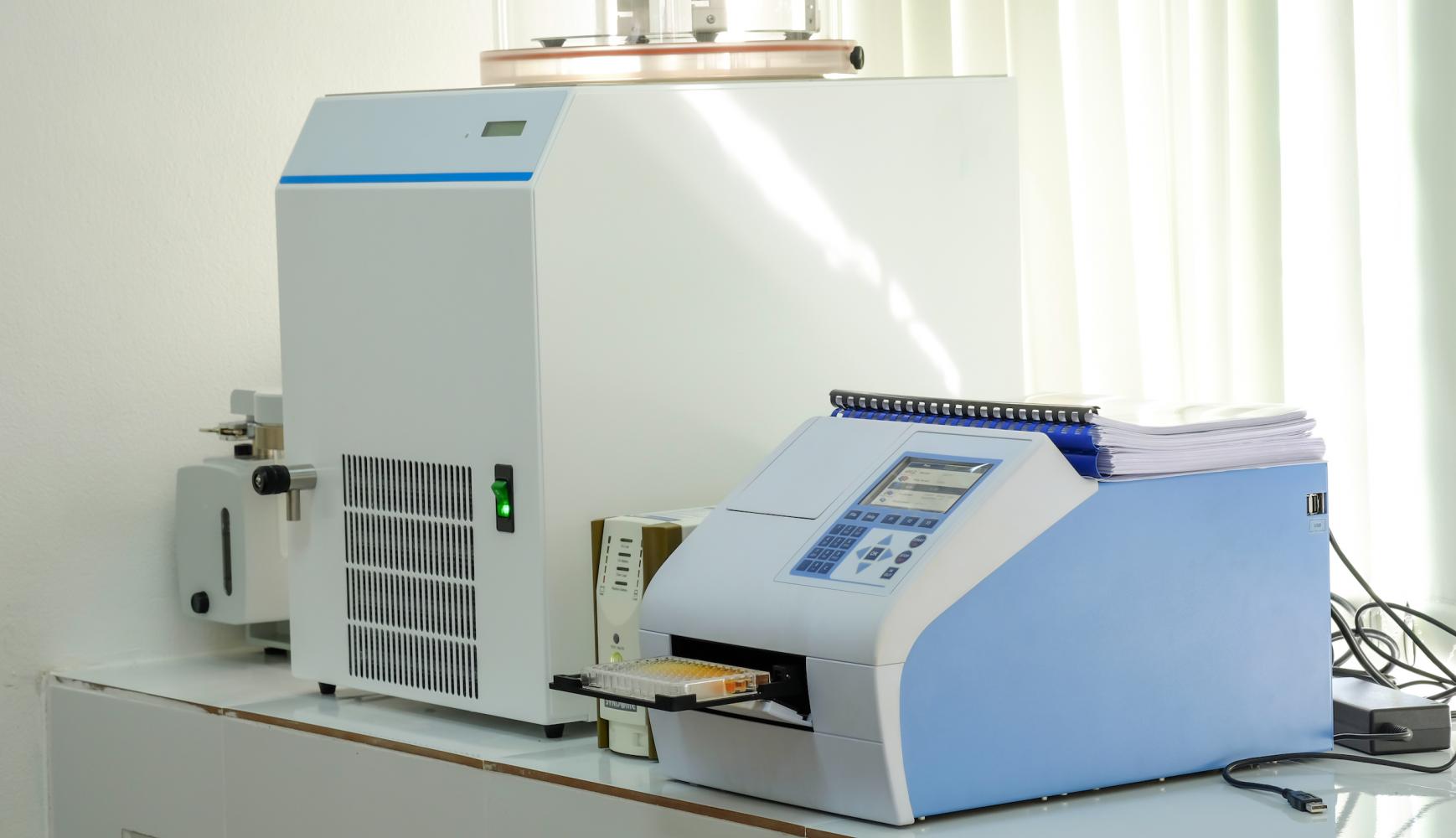
Our Client needed to improve turnaround time for results of preclinical assays to be communicated to medicinal chemists for subsequent structure and property optimization.
Data propagation bottlenecks interfere with daily work
In a typical back-and-forth between medicinal chemistry and in vitro biology in this large pharma company it would take days for assay results to be uploaded and then automatically propagated through central registration databases to become available to medicinal chemists.
A data quality problem
Scientists resorted to sending spreadsheets of data to one another - on top of having to upload into an assay registration system. Excel files became their primary data sharing medium because these could be emailed quickly, negating the purpose of a formal registration system and creating data quality challenges. When results were already shared via email it is very tempting to postpone their formal registration by a few days, weeks or maybe do it next quarter... Our Client realized there was a data quality problem in the making and decided to address it.
Notifications deliver early data sharing
Saber Informatics interviewed screening biologists to determine the reasons for their bypassing the registration system (urgency) and to detail their preferred format of early data sharing. We then implemented an automated notification mechanism for ActivityBase that created and sent a complete experiment report with raw and processed data (tables, graphs, etc.) as soon as an experiment/testset was registered.
An optimized workflow
Reports are created and sent automatically. They contain exactly the same data that goes into a registration system thus ensuring consistency of reported results regardless of delivery method. In order to send reports a screener needs to register data, which ensures all results get formally captured.
Automated notifications are configurable as to who needs to receive reports for a specific assay in both biology and chemistry groups. Notifications are sent out immediately and get into scientists' mailboxes as soon as an experiment is sent for upload. This removes the need to wait for data to bubble up through registration systems via ETL processes. Medicinal Chemistry can now see assay results as soon as they are entered by screeners.



